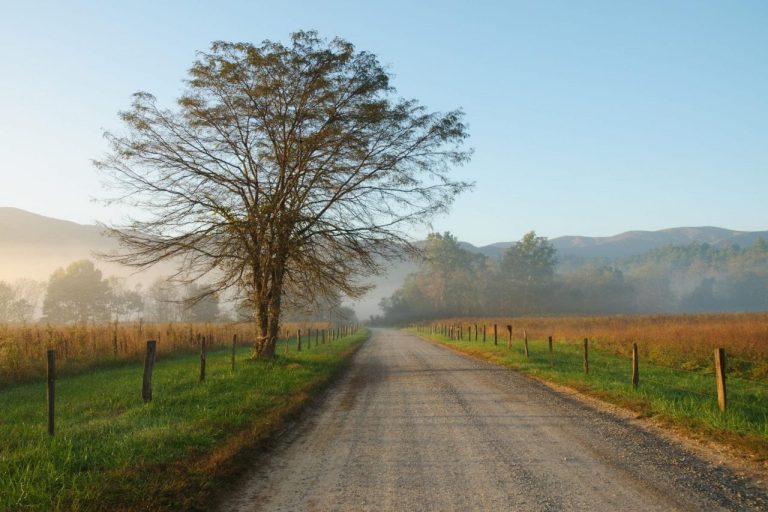Cades Cove Loop is an 11-mile, one-way trail that surrounds one of the most beautiful valleys in Great Smoky National Park. Whether you bike or drive, Cades Cove is the perfect place to see historic cabins or wildlife to see. Just outside the Loop you'll find day hikes and waterfalls.
During your visit, you will also have the opportunity to camp and ride horses. You'll find all these adventures and more in our complete guide to Cades Cove.
Cades Cove Loop Road
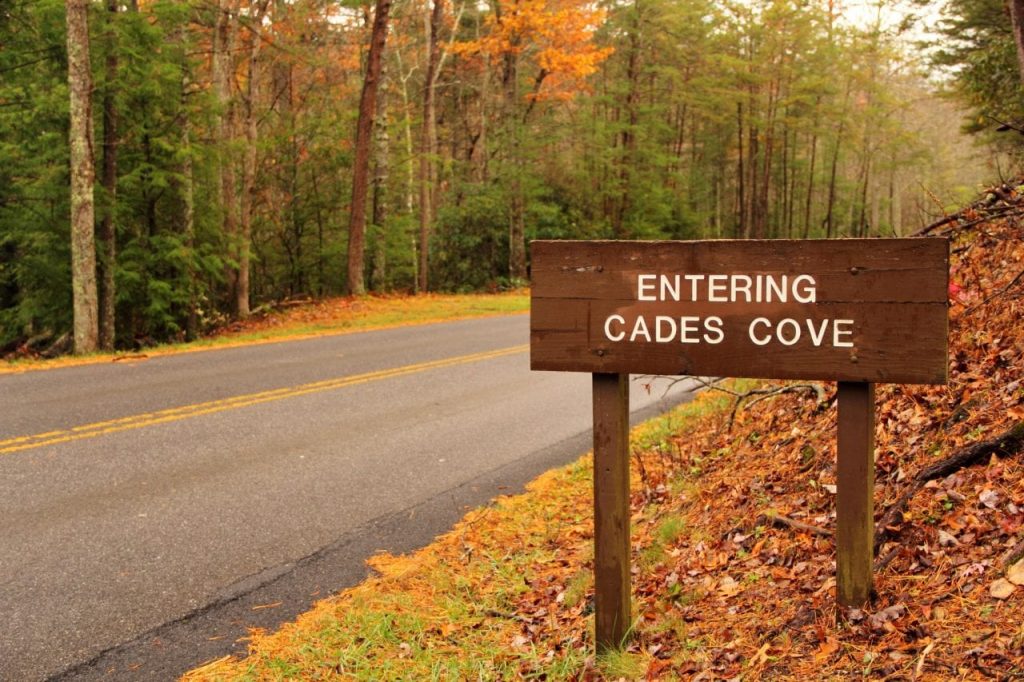

The Cades Cove Loop Trail is an 11-mile loop that travels slowly and leisurely around the canyon, offering visitors a chance to explore without leaving the comfort and safety of their vehicles. Allow at least two to four hours to tour the Cades Cove Loop and visit some of the historic cabins. Plan to stay longer if you want to go hiking or try cycling.
Traffic is heavy during the summer, fall, and on weekends throughout the year, so drive nice, relax, and enjoy the experience. Also, don't be “that guy” and use pullouts when stopping to admire the scenery or watch wildlife. You'll want to arrive early to enjoy light traffic and wildlife viewing along the Cades Cove Loop and the gorgeous valley shrouded in a blanket of mist.
A Brief History of Cades Cove
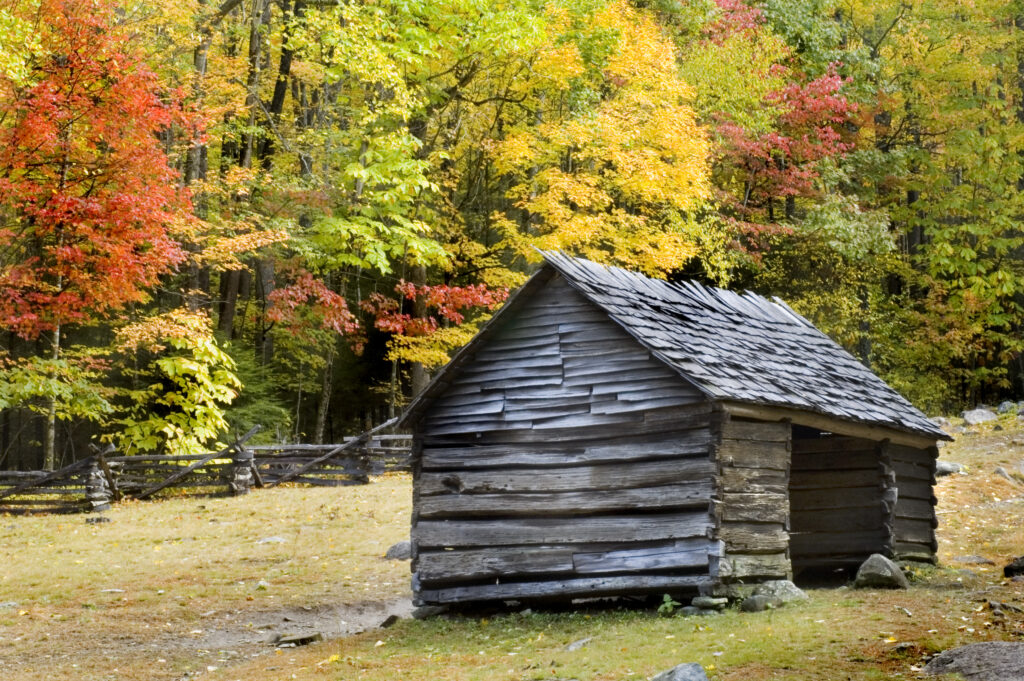

The Cherokee Indians hunted at Cades Cove for hundreds of years before the first European settlers arrived in the early 1820s. In fact, the valley is named after a Tsiya'hi chief known as Chief Kade, and its largest waterfall is named after another native chief, Ibrahim of Chilhowee.
The early settlers cleared land for farming and built their homesteads, primarily growing corn in the fertile valley. The Temperance Movement and the Civil War caused some divisions, resulting in new churches emerging from the original Primitive Baptist Church founded by the first permanent resident, John Oliver.
Cades Cove was a close-knit community where neighbors would gather to shuck corn, grind corn, make molasses, and gather chestnuts. It was these mass events that promoted courtship and marriage. The entire valley comes together for funerals, and the church bells ring once every year of the deceased's life. The settlement was small enough that sounds usually allowed the community to know specifically who had died.
The National Park Service began acquiring lands in 1927. Some villagers moved willingly or accepted a life lease on their property. Others, like John W. Oliver, fought a long court battle to keep their home. Kermit Coughron was the last permanent resident of Cades Cove who lived at Cades Cove until shortly before his death in 1999 at the age of 86. Today, his house, a former one-room schoolhouse, and a collection of other historic buildings are preserved for visitors along Cades Cove Loop.
Historic cabins at Cades Cove


Historic structures dot Cades Cove with nearly 200 years of continuous habitation. From John Oliver's first cabin in 1820 to Kermit Cogron's home, where he sold honey to travelers on the Cades Cove Loop in the 1990s, you'll witness the thriving and entrepreneurial spirit of Appalachian homesteaders. No wonder the National Register of Historic Places lists the Cades Cove Historic District.
Photographers love John Keppel Mill With its conventional overtaking wheel and picturesque, conventional divided railway fences Tipton Childrenand the surrounding dogwood forests Carter Shields Cabin. History buffs will enjoy a visit Elijah Oliver's house and living museums at the visitor center at the back of the Cades Cove loop.
Cades Cove Cycling Loop
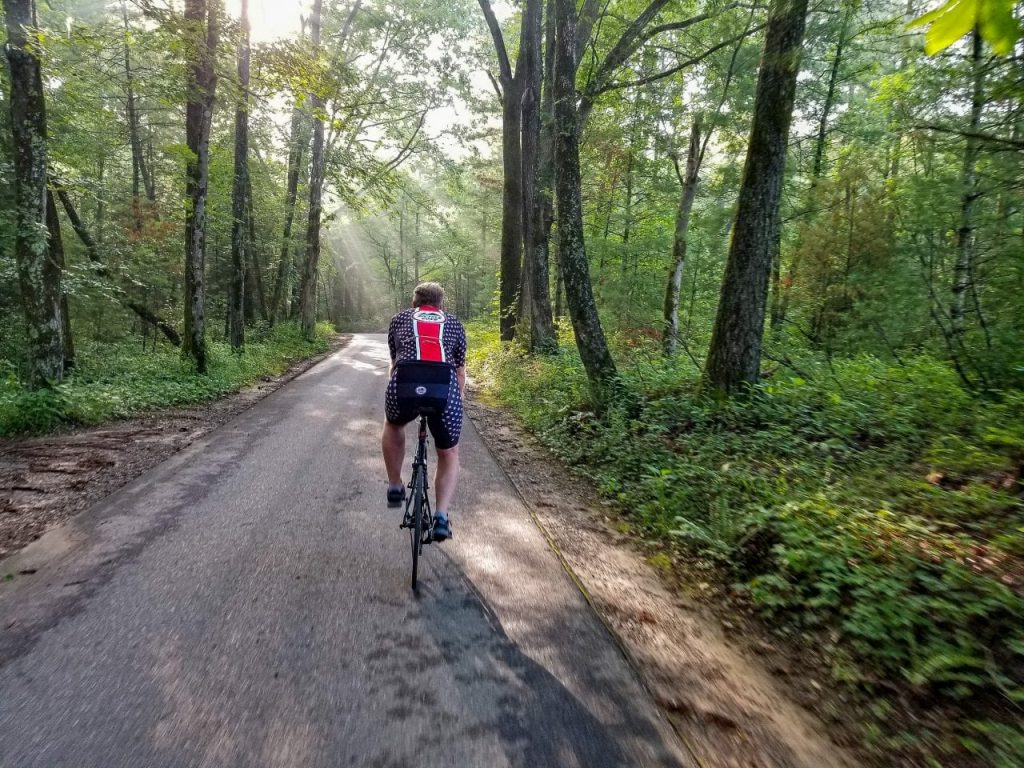

Slow speeds, beautiful pavement, and just the right amount of turns make Cades Cove a fun place to ride. The beautiful views make it epic. The availability of water at the visitor center at the back of the loop and only 600 feet of rolling hills make Cades Cove accessible to even casual bikers, especially on the road. on Wednesdays, when Cades Cove Loop Road is completely closed to motorized vehicles from May to September. Even on normal days, marshals often let cyclists out onto the loop before the gates open.
If you don't bring your own bike, rent one from Kidz Trading CompanyIt is located right next to the camp. Biking Cades Cove Loop is one of the best ways to enjoy the park and is a must-do for cyclists and cycling enthusiasts. While you're there, you can grab a sandwich or drink from their deli.
Cades Cove Trails


Cades Cove trails offer some of the best hiking trails Great Smoky Mountain National Park. The trails range from easy walking to… Elijah Oliver Place To stunning hikes on the Appalachian Trail that extend from the ridgeline Gregory Bald to Rocky Top. Yes, that rocky mountain, whose summit, ironically, is not in Tennessee, but in neighboring North Carolina.
Some classic hikes at Cades Cove include going to Abrams Falls, which is the largest waterfall (by volume) in the park. Most hikes opt for a five-mile round-trip, but there are two loop options available if you're looking for a challenge. If you like hiking, you'll love the Rich Mountain Loop, which you can also start by parking your car outside the entrance to the driving loop. You can drive through the park first thing in the morning and hike Rich Mountain (or Anthony Creek) after the Loop gets clogged by chaos.
Cades Cove Falls
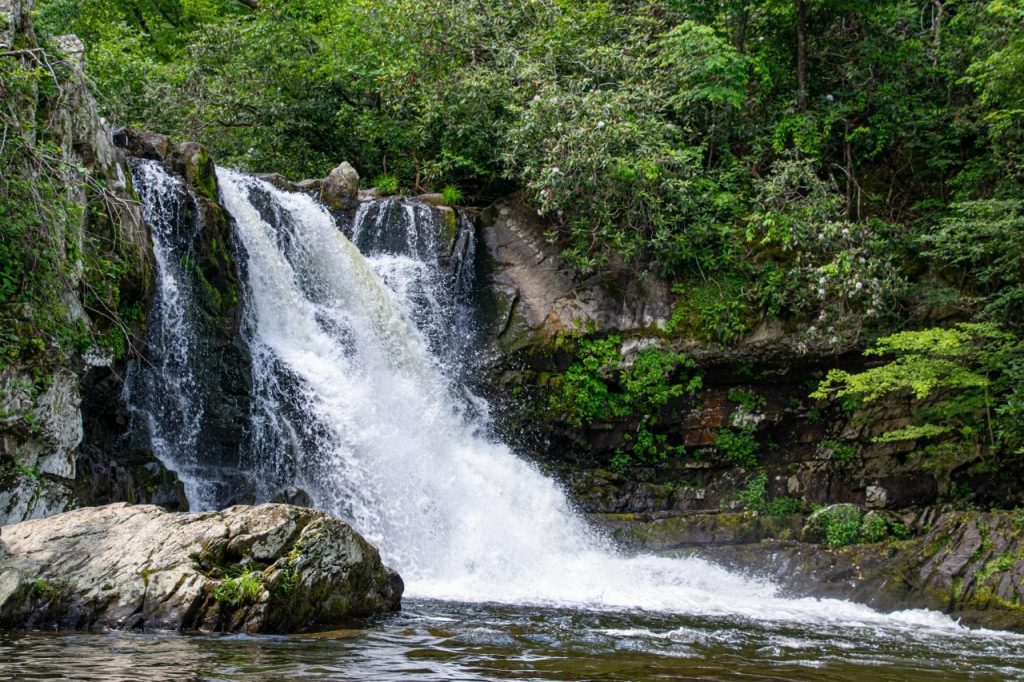

Everyone knows that Abrams Falls It is one of the best waterfalls in the Smokies, but there are three Cades Cove Falls for hikers to enjoy. The next waterfall to visit is Twisted Arm Falls Off the rich mountain ring. It's only a mile from the trailhead, but you'll have to go off trail at the end to get the best views of the falls. The relative ease of this hike and the fact that you park outside of Cades Cove Loop make this the perfect little adventure to cap off your day in the park.
If you want more of a challenge, try locating an out-of-the-way location Mill Creek Falls. From the Visitor Center, head up Mill Creek (away from Abrams Falls) about 4 miles until you find the falls. This is one of those hikes where it's not the distance that makes it so difficult, it's the condition of the trail. The Mill Creek Trail has not been maintained for some time, so you are in for a bushwhacking adventure. Some say Mill Creek Falls is the most beautiful waterfall in Cades Cove, but you have to be an experienced hiker to try this trail.
One thing is for sure, Cades Cove has some of the best hiking trails in the Smokies. Bring your shoes and bug spray and discover a little adventure off the Cades Cove Loop.
Cades Cove horseback riding


Cades Cove Riding Stables They offer hour-long guided tours or 45-minute guided carriage rides from their stables located within Cades Cove. They also offer popular guided trips that are fun for the whole family.
If you have a horse of your own, there is a horse camp located nearby Anthony Creek Trailhead. Horses are only allowed on trails designated for equine use, but there are more than 550 miles of horse trails in Great Smoky National Park. Off-trail or cross-country riding is prohibited. Horse riders can use designated campsites. However, some campsites in remote areas require reservations. Check with Horse riding in the park page for more details.
Camping at Cades Cove


Cades Cove Campground is open year-round with peak season from May through October. During this time, rangers offer interpretive programs at the nearby amphitheater, and the camp store is open. During the winter months, service is limited and campsites are sparse.
Cades Cove base camp has 164 sites located in three loops. Loop A contains five sites designated for visitors with disabilities. There are only 31 tent sites in Loops B and C. Be aware that the C-ring does not allow for generators during the night, which is ideal for tent camping. Even with all locations, you will need a reservation available on a rolling basis six months in advance from Park location.
Cities near Cades Cove
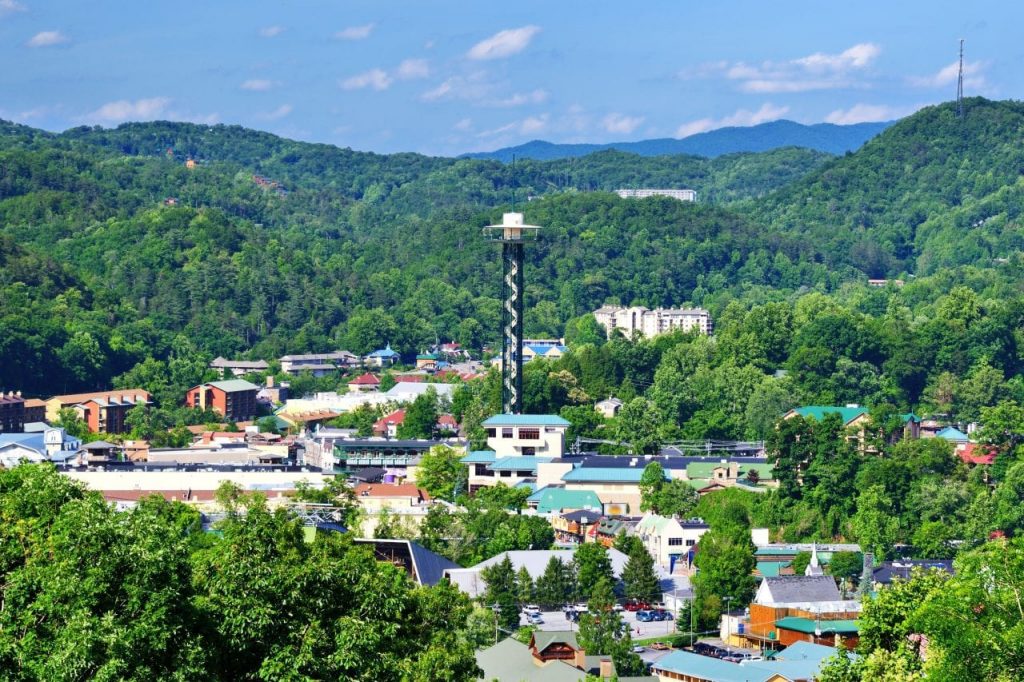

Cades Cove is located near many of East Tennessee's top tourist destinations. Below are the gateway towns of Cades Cove with approximate gateway mileage and a brief description of the local scene:
- Townsend (11 miles) – AKA “The Quiet Side of the Smokies.” The closest town to Cades Cove with surprisingly good restaurants and cabin rentals.
- Bathroom crafting (26 miles) – Family fun with Dollywood and more.
- Sevierville (30 miles) – A touch of outdoor romance with a dash of Pigeon Forge fun and tremendous helpings of hometown hospitality.
- Gatlinburg (30 miles) – Imagine the Los Vegas Strip in the Smoky Mountains. Walk in the morning and play in the evening.
- Knoxville (45 miles) – Cades Cove is the perfect getaway from the big city.
Final thoughts on the Cades Cove episode


Cades Cove Loop is 11 miles one way through one of the most beautiful valleys in Great Smoky National Park. Cars, bikers, hikers, and horses are allowed access to Cades Cove's extensive trails and historic buildings. Spring brings wildflowers while summer provides a canopy of crisp green leaves and blue swimming holes at Abrams Creek. Perhaps the most magical time of year is fall when the hills glow with gorgeous fall colors. No matter when you visit, we hope you enjoy Cades Cove safely and responsibly.
You may like:
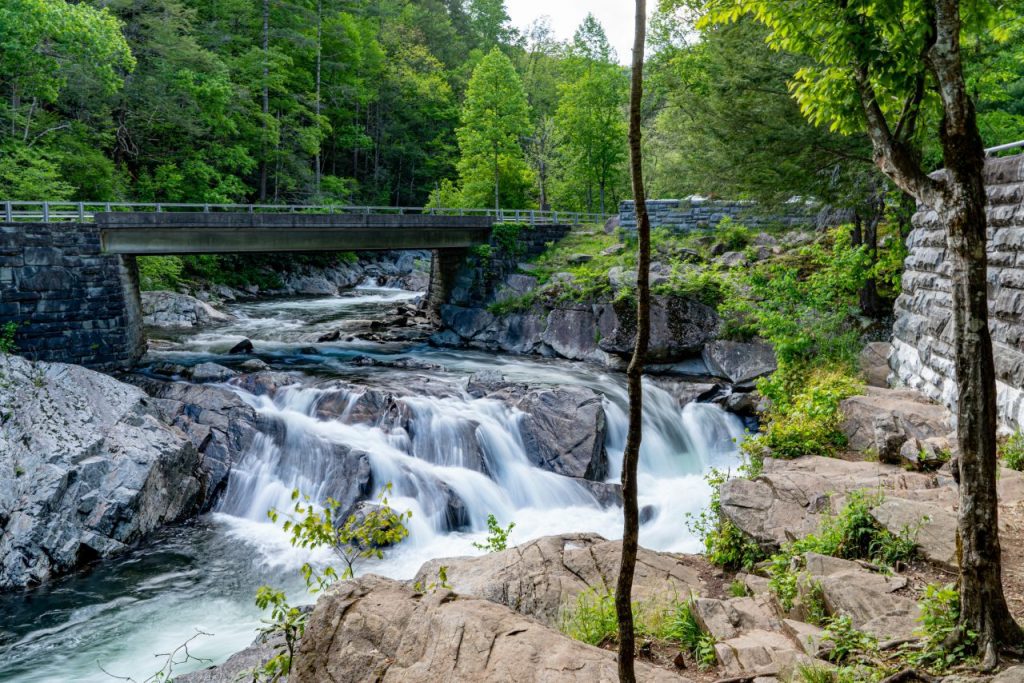

We will introduce you to the best and most amazing waterfalls in Gatlinburg Tennessee. Plus, with the included waterfall map and hiking description, you'll have everything you need to lace up your shoes and hit the trail.
12 Dramatic Waterfalls in Gatlinburg Tennessee You Must See
Hiking Gatlinburg – A guide to the 23 best trails in the Smokies
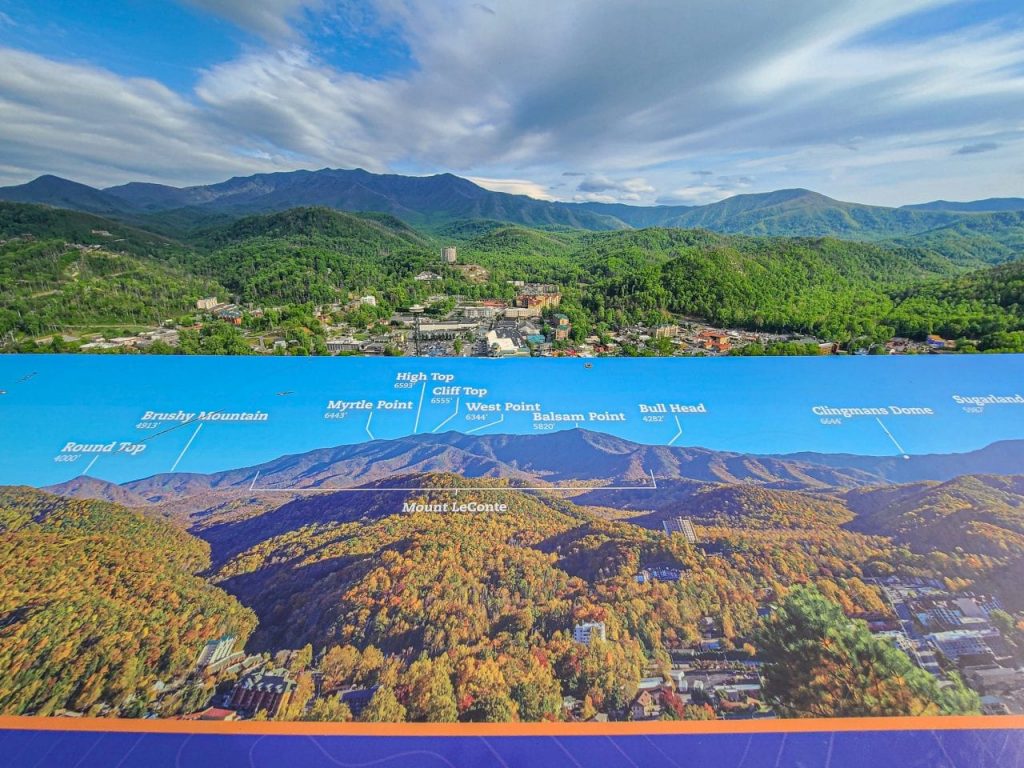

Looking to hike in Gatlinburg? This guide gives you the 23 best trails around the Tennessee side of Great Smoky Mountains National Park. Whether you're looking for easy hikes, waterfall hikes, Cades Cove hikes, or more challenging trails in Gatlinburg, we've got you covered.
Hiking Gatlinburg – A guide to the 23 best trails in the Smokies
Hello! We are Jane and Ed Coleman also known as Coleman Concierge. In short, we are a 10th generation couple from Huntsville sharing our stories of amazing adventures through transformative and experiential activity-based travel.

